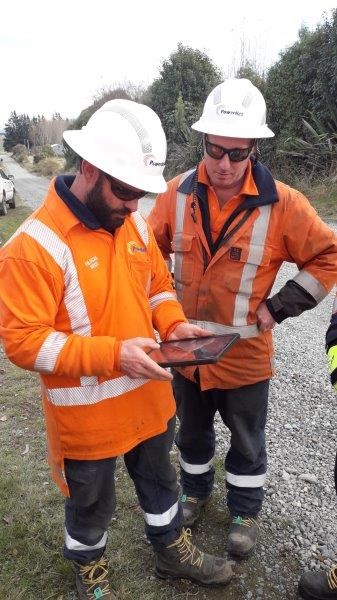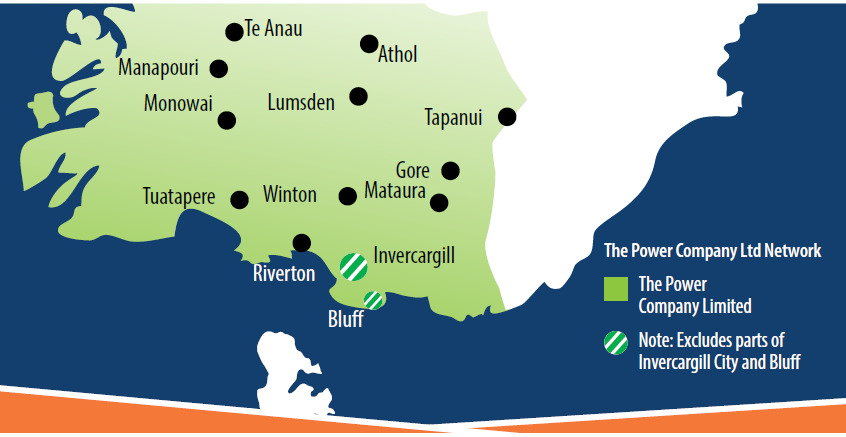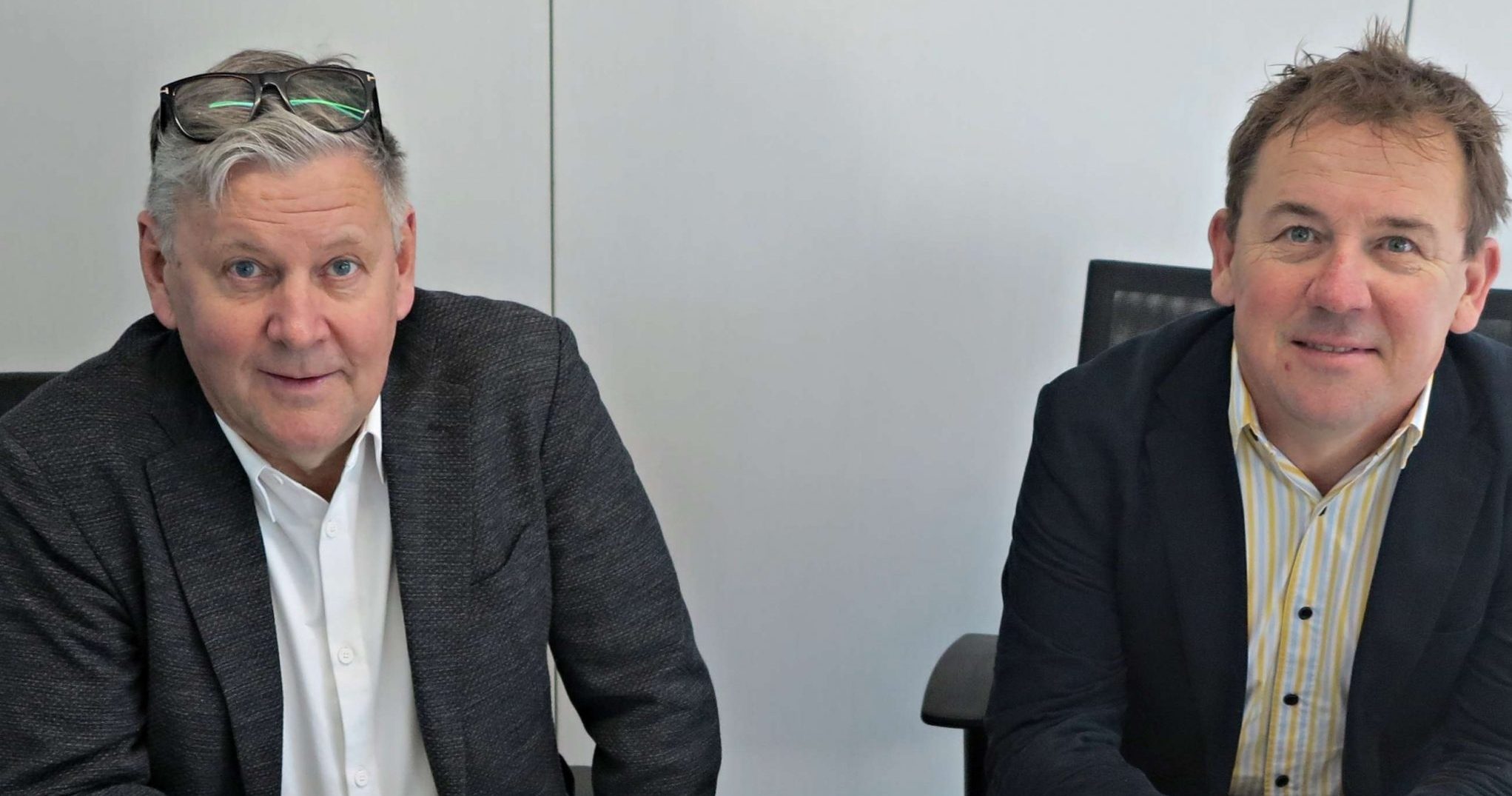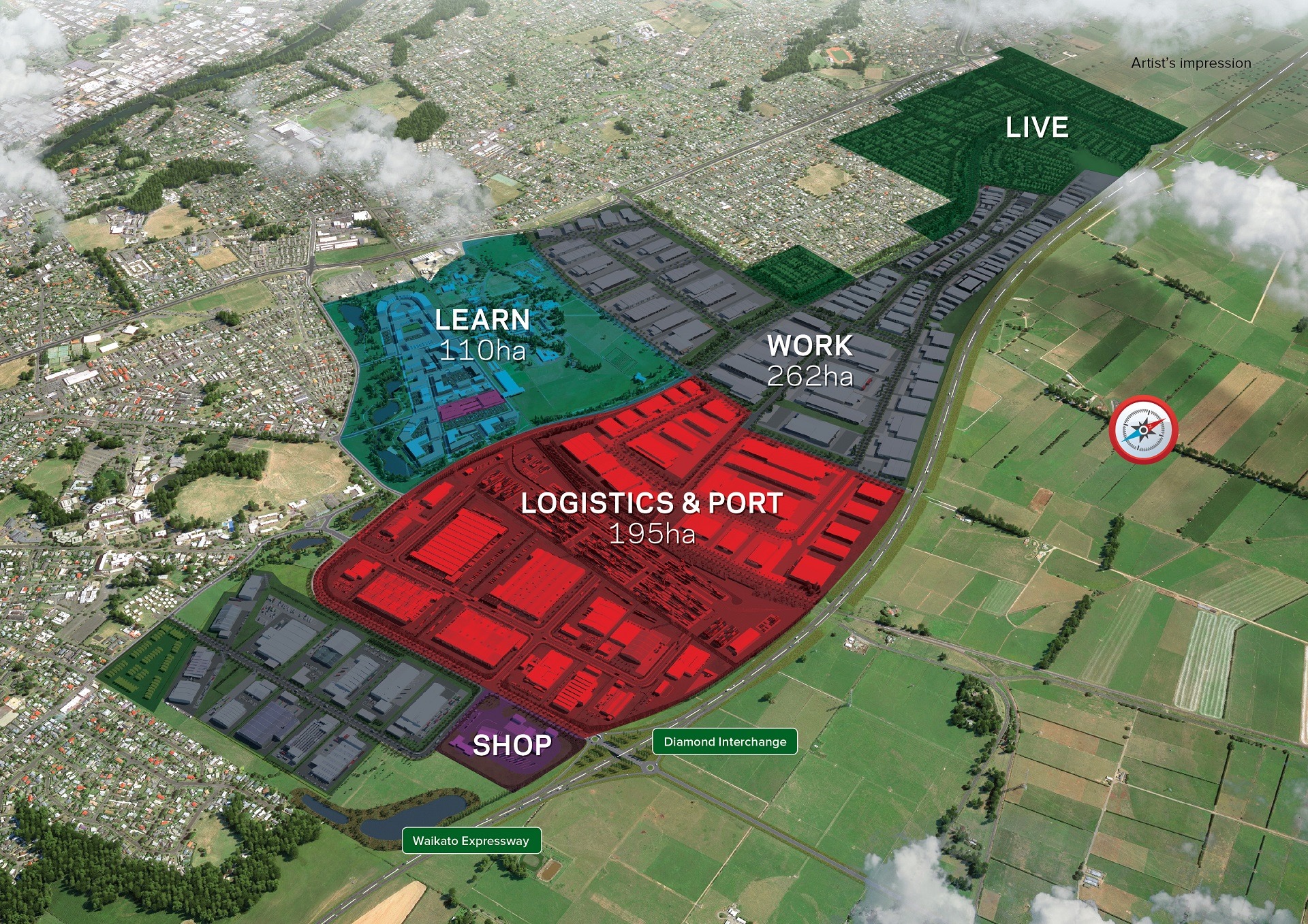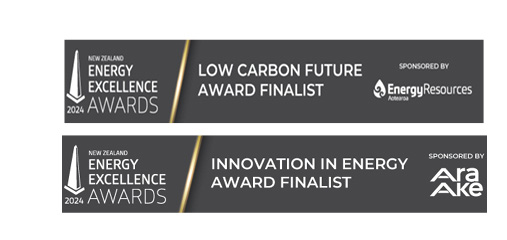Media release supplied by Felicity Wolfe (Freeman Media).
Transpower and PowerNet have identified four potential grid and network upgrades and are investigating further projects to enable renewable generation and decarbonisation efforts in Southland.
Both Transpower and PowerNet report high numbers of electricity load connection and generation enquiries in the region. They have been working on an aligned Murihiku Southland Electrification Development Plan to manage future network and grid demand and have now released a tactical options paper.
PowerNet chief executive Jason Franklin says coordinated investment will be critical for PowerNet and Transpower to deliver customer-centric solutions.
“Murihiku Southland has substantial energy demand from industrial processes, particularly dairy and meat companies with global customer bases,” he says.
“Many companies are currently using coal boilers for process heat and are transitioning to electrode boilers and high-temperature heat pumps as part of their decarbonisation strategy and early positioning in the market as zero emissions providers.”
Transpower strategy and customer general manager Chantelle Bramley says the grid operator seeks to enable connections as they are needed. It is also considering what investments will ensure the power system remains reliable and secure for people and businesses as the region grows.
“A joint approach with stakeholders allows Transpower and PowerNet to take a broader planning perspective, facilitate an optimised path for electrification and decarbonisation, and create an efficient approach to transmission and distribution network investments.”
Proposals
Last year, the Energy Efficiency and Conservation Authority’s Regional Energy Transition Accelerator programme identified 40 process heat users in the region collectively consuming 1518 GWh/year of energy, mainly using coal.
While some biomass conversions are also expected, EECA identified the current spare capacity on Transpower’s and PowerNet’s networks as one of its main considerations for future electrification, alongside upgrade costs and electricity costs.
Transpower says two short-term grid upgrades it could carry out are cost-efficient ways to improve both transmission and distribution capacity, stability and reliability.
The first is a tactical thermal upgrade of the Invercargill-North Makarewa circuit to increase capacity. This will increase the distance between the line and the ground or other obstacles.
That will allow it to sag further, which happens as it carries more electricity, without breaching minimum clearance distances.
The second project would implement special protection schemes for the 110 kV Gore-Roxburgh circuit and the 110 kV Brydone-Gore circuit to avoid overloads as new generation and loads connect. This would install automated systems to monitor electricity flows, and take action to switch circuits, remove load or remove generation in abnormal or overload conditions.
PowerNet has also identified two projects it can carry out on its 66 kV network.
It could increase transferability of load between North Makarewa and Invercargill GXPs, freeing up capacity in northern Southland.
This could also be done on the 66 kV network around Awarua, south of Invercargill, to support increasing load into the region.
The pair have also been talking with Southland businesses about the steps they could take to smooth the region’s decarbonisation since August. They are now going back to stakeholders on how these investments will allow more electricity use and new generation.
Further investments
Transpower is also considering two larger projects that may be needed for the region longer term.
These are to duplex the North Makarewa to Three Mile Hill line and to upgrade or develop new grid exit points in Southland locations where electricity use may grow, such as at Edendale.
Duplexing replaces a single conductor on a transmission circuit with twin conductors. This was recently undertaken on Transpower’s Clutha Upper Waitaki Upgrade Project.
The grid and network operators are seeking feedback on the project proposals through to November. Following that, they will assess the responses and consider electricity network implications before publishing a draft plan, including high-level costings for transmission and distribution projects.
“The more information we have the more efficient we can be in developing a right-sized, reliable and secure electricity network for people and businesses in Murihiku Southland,” Bramley says.
